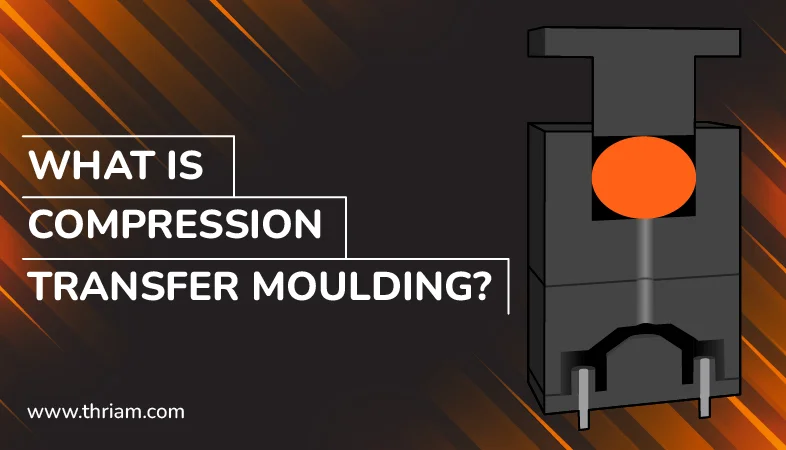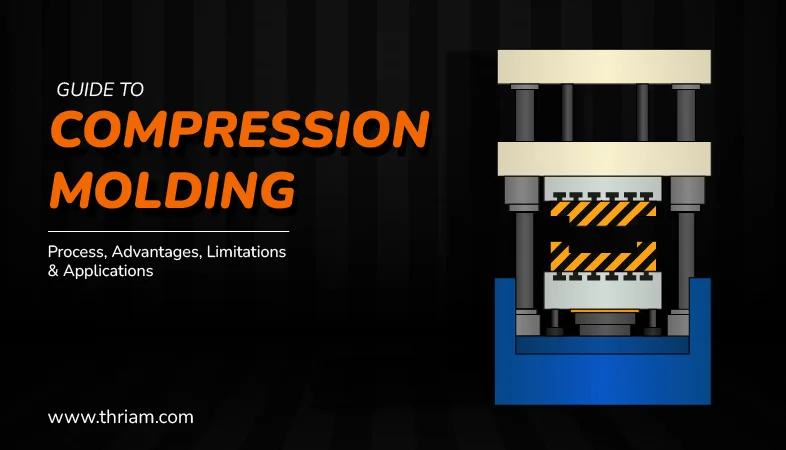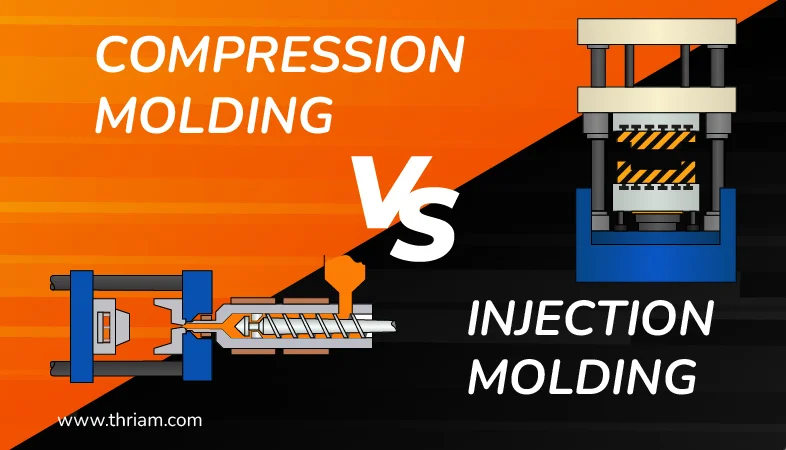A Comprehensive Guide to Compression Moulding for Electrical Switchgear Products
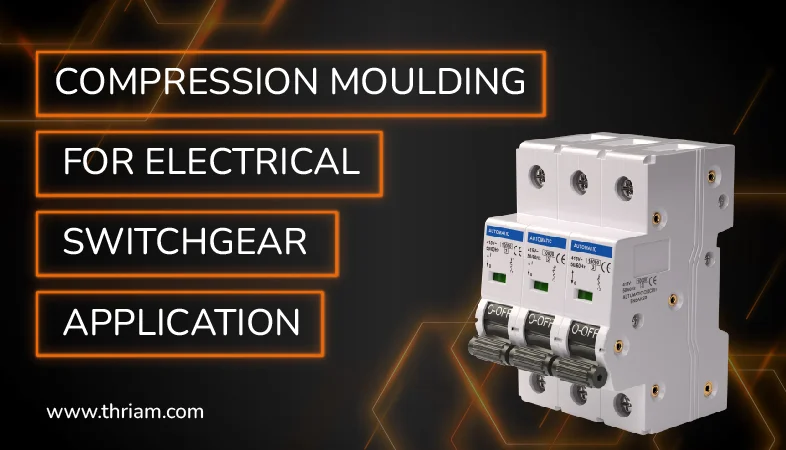
Compression moulding is a popular manufacturing technique used across industries for producing high-quality and durable products. In the electrical switchgear industry, compression moulding is widely used for producing components such as circuit breaker housings, electrical connectors, and insulators, among others.
Electrical switchgear products are critical components of power distribution systems, responsible for controlling, isolating, and protecting electrical equipment. The manufacturing of these products requires a high degree of precision and quality to ensure optimal performance and safety.
This guide aims to provide a comprehensive overview of compression moulding for electrical switchgear products, including the process, advantages, common challenges, and quality control measures.
Understanding Electrical Switchgear Products:
Electrical switchgear products refer to a range of devices used for controlling the flow, direction, and protection of electrical energy in power systems. There are several types of electrical switchgear products, including:
-
Circuit breakers:

Devices that interrupt electric currents during a fault or overload in the system. -
Transformers:

Vital components of power systems that convert electrical energy from one voltage level to another. -
Switches:

Devices used to connect or disconnect the flow of electricity in a circuit. -
Insulators:

Materials used to prevent electrical current flow between conductors or to protect equipment from high voltages. -
Fuses:

Safety devices that interrupt the flow of current during an overload or fault, protecting the system from damage.
Quality and durability are critical aspects of switchgear product manufacturing. Components must be able to endure harsh operating conditions such as temperature variations, vibration, and electrical stress while maintaining optimal performance over an extended period.
Compression Moulding Process:
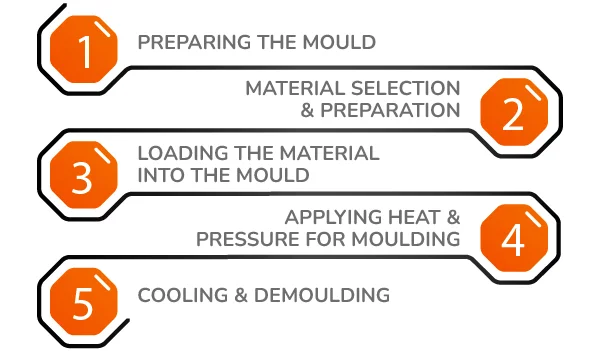
Compression moulding is a technique used to produce parts by compressing a material into a specific shape and allowing it to cool and solidify. In the case of electrical switchgear products, thermosetting plastic materials such as epoxy, phenolic, or polyester resins are commonly used.
The compression moulding process comprises the following steps:
- Preparing the mould: The mould is cleaned and prepared to ensure that it is free from any previous moulding materials or debris.
- Material selection and preparation: The appropriate thermosetting material is selected, and the proper proportion of hardener and additive is added to the mix to achieve the desired properties.
- Loading the material into the mould: The material is loaded into the mould cavity, and excess material is trimmed off to prepare for compression.
- Applying heat and pressure for moulding: The mould is closed and placed into a hydraulic press. Heat and pressure are applied to the material to ensure complete distribution and curing.
- Cooling and demoulding: Once the material is cured, the mould is cooled, and the component is released from the mould.
Advantages of Compression Moulding for Electrical Switchgear Products:

The compression moulding process offers several advantages for electrical switchgear product manufacturing. These include:
- Enhanced product performance and longevity: Compression moulding produces high-strength, durable components that offer superior performance in harsh operating environments.
- Cost-effectiveness and efficiency in large-scale production: Compression moulding is a highly efficient technique that can produce large quantities of components while being cost-effective.
- Design flexibility and customization options: The compression moulding process allows for design flexibility and customization options, enabling manufacturers to produce components that meet specific requirements or applications.
Common Challenges:
Like any manufacturing process, compression moulding can encounter several challenges that may impact the quality of the final product. Some common issues that may arise during the moulding process include:
- Inconsistent material mix
- Uneven distribution of material in the mould
- Poor mould filling or cavity definition
- Cured material sticking to the mould
- Surface defects or imperfections
To address these issues, manufacturers need to understand how to troubleshoot the moulding process effectively. Some tips for improving moulding efficiency and quality include:
- Careful selection and preparation of the mould
- Precise measurement and proportioning of material, hardener, and additives
- Optimal temperature and pressure settings
- Proper cooling and demoulding of components
Quality Control and Testing:
Quality control is essential in compression moulding to ensure that components meet the required standards and specifications. Manufacturers must follow strict quality control procedures throughout the production process, including material selection, mixing, mould preparation, and moulding.
Testing methods and standards for electrical switchgear products may vary depending on the type of component being produced and its specific requirements. Some common testing methods used in electrical switchgear product manufacturing include:
- Mechanical testing: to measure the strength, hardness, and durability of the component.
- Thermal testing: to measure the component's ability to withstand extreme temperatures.
- Electrical testing: to measure the component's ability to insulate and conduct electricity.
- Environmental testing: to assess the component's performance under harsh operating conditions, including temperature, humidity, and vibration.
Examples showcasing successful compression moulding applications in electrical switchgear production:
High-voltage circuit breaker housings:
A leading electrical switchgear manufacturer utilized compression moulding to produce high-voltage circuit breaker housings. By using thermosetting plastic materials and the compression moulding process, they were able to create durable and dimensionally stable housings that provided excellent insulation properties and could withstand high electrical stress and environmental conditions.
Insulators for power transmission lines:
Another real-world example is the production of insulators for power transmission lines using compression moulding. By utilizing compression moulding with high-quality epoxy or phenolic resins, manufacturers were able to produce insulators that offered superior electrical insulation, high mechanical strength, and resistance to pollution and weathering. These compression moulded insulators ensured the safe and reliable transmission of power across high-voltage transmission lines.
Electrical connectors for switchgear assemblies:
Compression moulding has also been successfully applied in the production of electrical connectors used in switchgear assemblies. These connectors require excellent electrical conductivity, high temperature resistance, and dimensional accuracy. Compression moulding allows for the production of precise and durable connectors that meet these requirements. The use of thermosetting plastics combined with the compression moulding process ensures that the connectors can handle high electrical currents, maintain a secure connection, and withstand harsh operating conditions.
Conclusion:
Compression moulding is a versatile and reliable manufacturing technique widely used in the electrical switchgear industry to produce high-quality components that perform well under harsh operating conditions. With careful attention to material selection, process control, and quality assurance, manufacturers can achieve optimal results while meeting specific design requirements. By leveraging the power of compression moulding, manufacturers can produce durable and reliable electrical switchgear products that help ensure safe and efficient power distribution.
